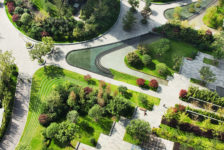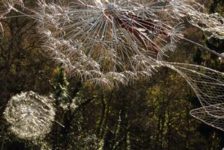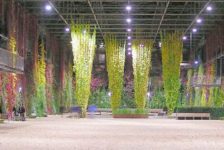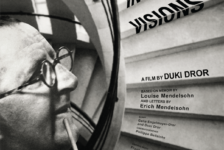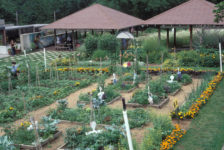As a student of Landscape Architecture at UCLA Extension I have learned about the profession from subject matter experts. These skilled professionals have revealed their passion about the industry by sharing their experiences ranging from the more technical side of grading and drainage, irrigation and tree analysis, to the design aspect of master plans, resort planning, residential designs, temporary art installations, parks and public spaces. As I have studied with each of these masters of the profession I have embraced their enthusiasm and have wanted to experience the same level of passion thinking that in order to do so I must become an expert in the same subject. As a result, through the course of learning my thoughts about where I might find the most fulfillment has changed depending on whom I have studied with.
My thoughts about design have also changed over time. Through the process of discovery my opinion of landscape design has been influenced by the experiences of these masters of the profession, reading a variety of books and periodicals, as well as through observation. I believe people are most comfortable in spaces that more closely echo nature itself, where the lines between design and nature are blurred. Although there is a place for the very contrived landscape, I believe that too often designers create designs that are unnatural and egocentric with the hope of being recognized and published on the cover of a magazine. While the public often responds favorably to this type of design, in my mind it is experienced as an attraction.
People are most comfortable in spaces that have simplicity and inner calmness; they are real, honest, beautiful and have life. These spaces don’t scream out with ego, they melt with the imperfections of nature and are somewhat rough. Well designed spaces weave in and out of their surroundings, they are places where people want to linger, lay down and take a nap, engage in conversation with strangers, it is where a sense of community can be found. This type of design is sustainable, it transcends time and is not trendy. Well designed spaces embrace the concepts, thoughts, analysis and patterns studied by the likes of Christopher Alexander ,
Claire Cooper-Marcus , and William H. Whyte.
With time and practice I hope to one day be able to successfully execute the design of spaces that transcend time, echo nature, have inner calmness, respond to the needs of people and are real.
Sherril Clark
May 1, 2009



